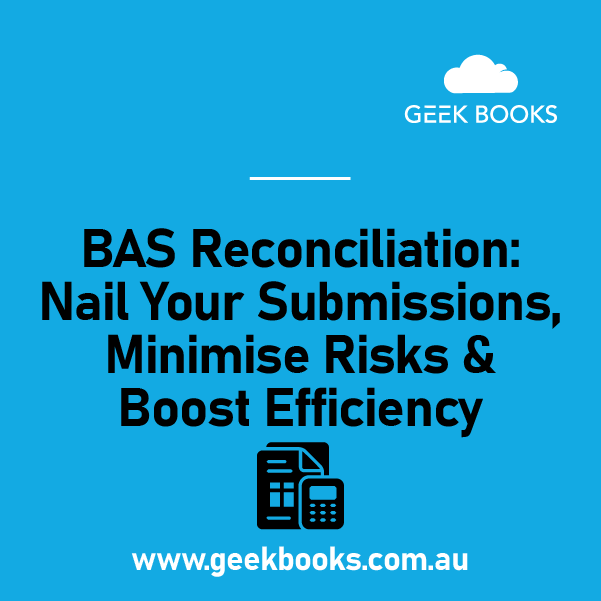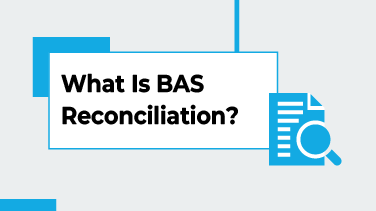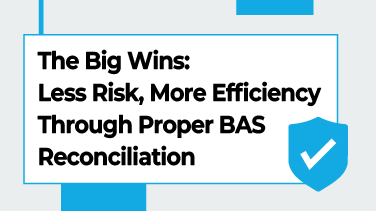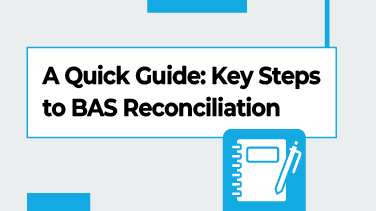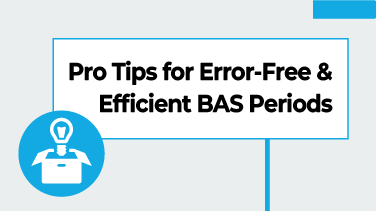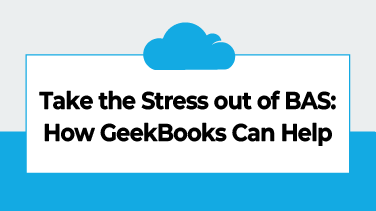Between juggling receipts, double-checking figures, and trying to stay ATO-compliant, it’s no wonder many businesses dread BAS preparation time.
BAS reconciliation can make the BAS reporting process easier and less stressful.
What is BAS reconciliation, and why does it matter?
How do you perform a BAS reconciliation properly?
If you’re a small business owner, office manager, or the person responsible for a business’s BAS prep, stick around, and we’ll answer these important questions!
What Is BAS Reconciliation?
BAS (Business Activity Statement) reconciliation means checking that the figures in your BAS that you’ll report to the ATO—like GST collected, GST paid, and PAYG withheld—match your accounting records.
Mistakes in your BAS can lead to penalties, delays in ATO processing or refunds, and even an ATO audit, costing you time, money, and your sanity!
The Big Wins: Less Risk, More Efficiency Through Proper BAS Reconciliation
BAS reconciliation brings real benefits to a business.
- Fewer Errors: You’re more likely to catch typos, missed invoices, and incorrect tax codes before they become problems.
- Lower Audit Risk: Accurate BAS lodgements reduce the chance of triggering an ATO review.
- Correct Tax Payments: Avoid overpaying or underpaying GST or PAYG, which can hurt cash flow or lead to penalties.
- Accurate Financial Records: Keep your books up to date, consistent, and ready for tax time.
- Smoother BAS Prep: When you reconcile everything properly, you’ll lodge faster and with far less stress.
- Saves Time Long-Term: Fixing issues early means less time untangling mistakes down the track.
- Highlights System Issues: Regular reconciliation helps uncover gaps in your bookkeeping or accounting processes.
A Quick Guide: Key Steps to BAS Reconciliation
Step 1: Gather Key Reports
Pull the essential reports from your accounting software for the BAS reporting period.
- GST summary or detailed GST reports
- Payroll reports (for PAYG withholding)
- Balance sheet accounts related to GST, wages, and PAYG
Step 2: Compare Reports to Your BAS Draft
Log in to the ATO’s Online services for business.
Go to the “Lodgments” menu, then select “Activity statements” to prepare your BAS draft.
Go through the draft section by section, and for each field/label, cross-check the figure against the relevant report:
- Match G1 (Total sales) to your sales summary for the BAS period
- Match 1A (GST on sales) to GST collected in your GST report
- Match 1B (GST on purchases) to GST paid
- Match W1 and W2 to payroll and PAYG withholding reports
Step 3: Investigate Any Differences
If any numbers don’t match, investigate why.
Common issues include
- Incorrect tax codes on invoices or bills
- Missing or duplicated transactions
- Timing mismatches (e.g. invoice dated in a different BAS period)
Step 4: Correct Errors in Your System
Once you spot an error, fix it in your accounting software.
For example: Update the tax code if GST was applied incorrectly, enter any missing invoices or bills with the correct date and details, delete/void duplicate transactions, or edit the transaction date if it was recorded in the wrong period.
Make sure you adjust the actual transaction, not just the report.
That way, your records remain accurate going forward, and you avoid repeating the same issue next quarter.
Step 5: Document and File Your BAS Reconciliation
Keep a clear record of your reconciliation process, including reports used, issues found, and adjustments made.
Save copies in case the ATO ever asks for supporting documentation.
Pro Tips for Error-Free and Efficient BAS Periods
- Stay on Top of Bookkeeping: Regularly updating your accounts means fewer surprises when it’s time to reconcile.
- Use the Right GST Codes: Apply the correct GST codes to all transactions as you go to reduce the need for adjustments later.
- Reconcile Bank Accounts Regularly: Routinely check that your bank transactions match your accounting records to catch missing or duplicate entries early.
- Utilise Accounting Software Features: Most platforms have built-in BAS reports, auto-coding tools, and bank feeds. Use them to speed things up and reduce manual errors.
- Use a BAS or Tax Agent: If BAS still feels overwhelming, an agent can lodge on your behalf.
Take the Stress out of BAS: How GeekBooks Can Help
Preserve your sanity and save your time by enlisting the help of a BAS expert!
Think of what you could do with that extra mental capacity and time: work on your business, spend time with your family, or simply look after yourself better.
As registered BAS agents here at GeekBooks, we can handle your BAS preparation and BAS lodgement easily and accurately.
Complete our online booking form today or call us on 02 9158 3591.


